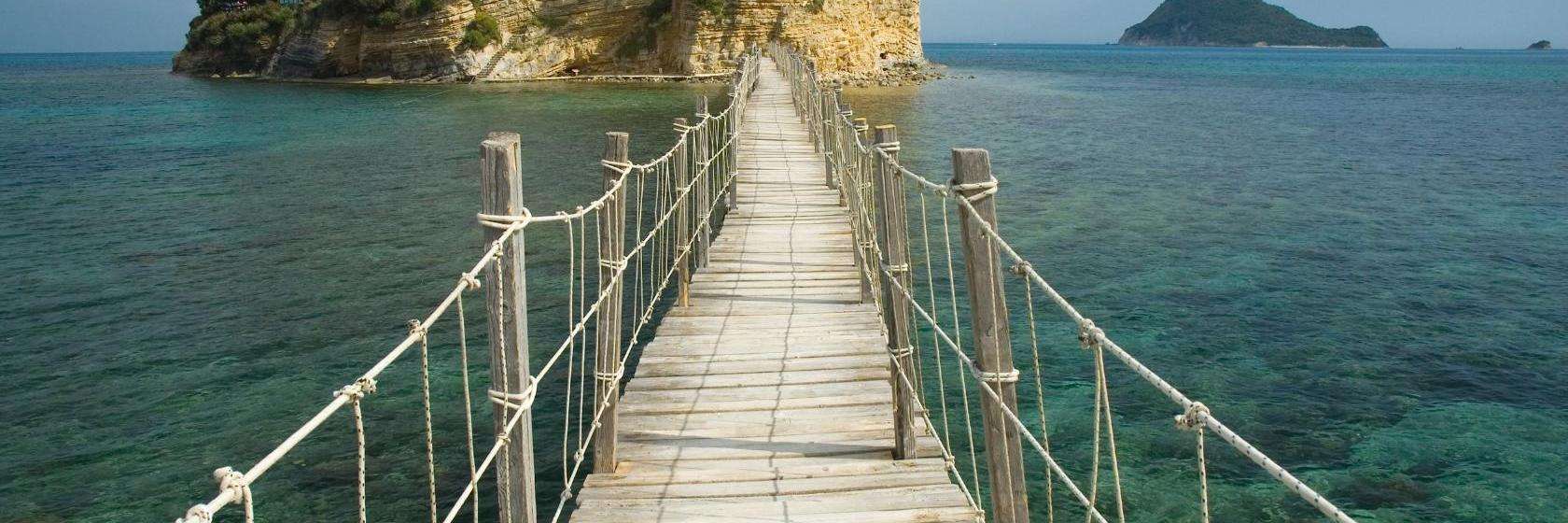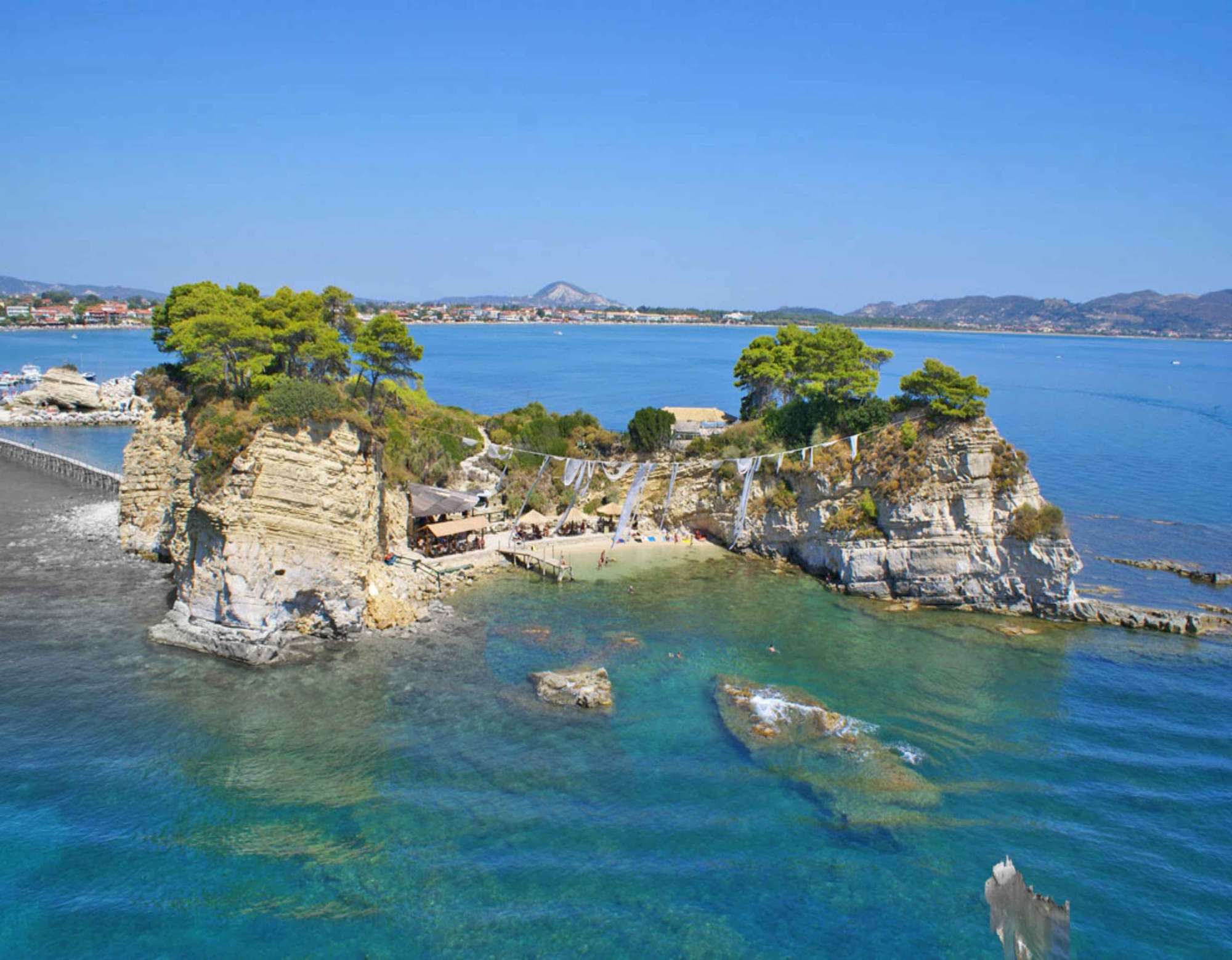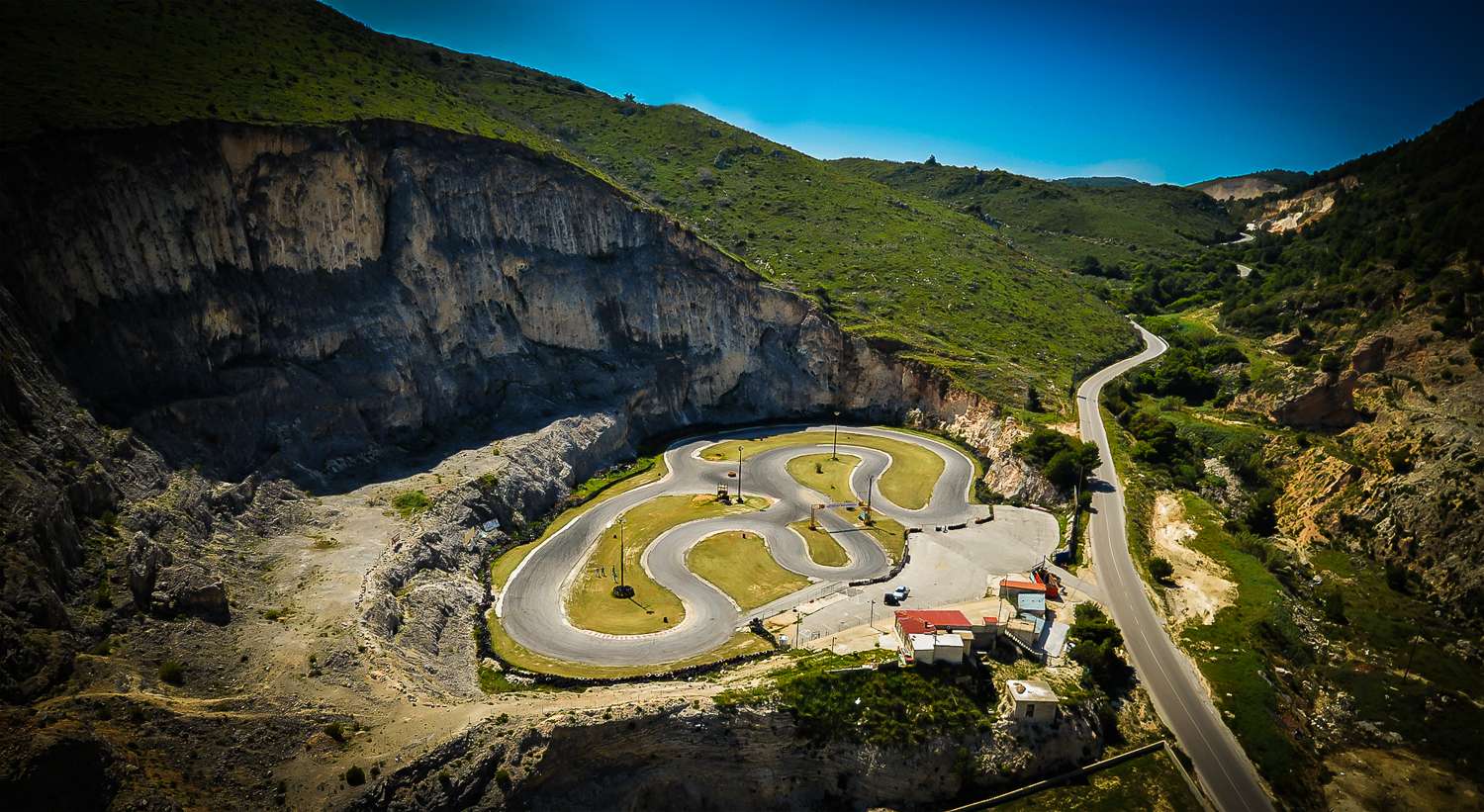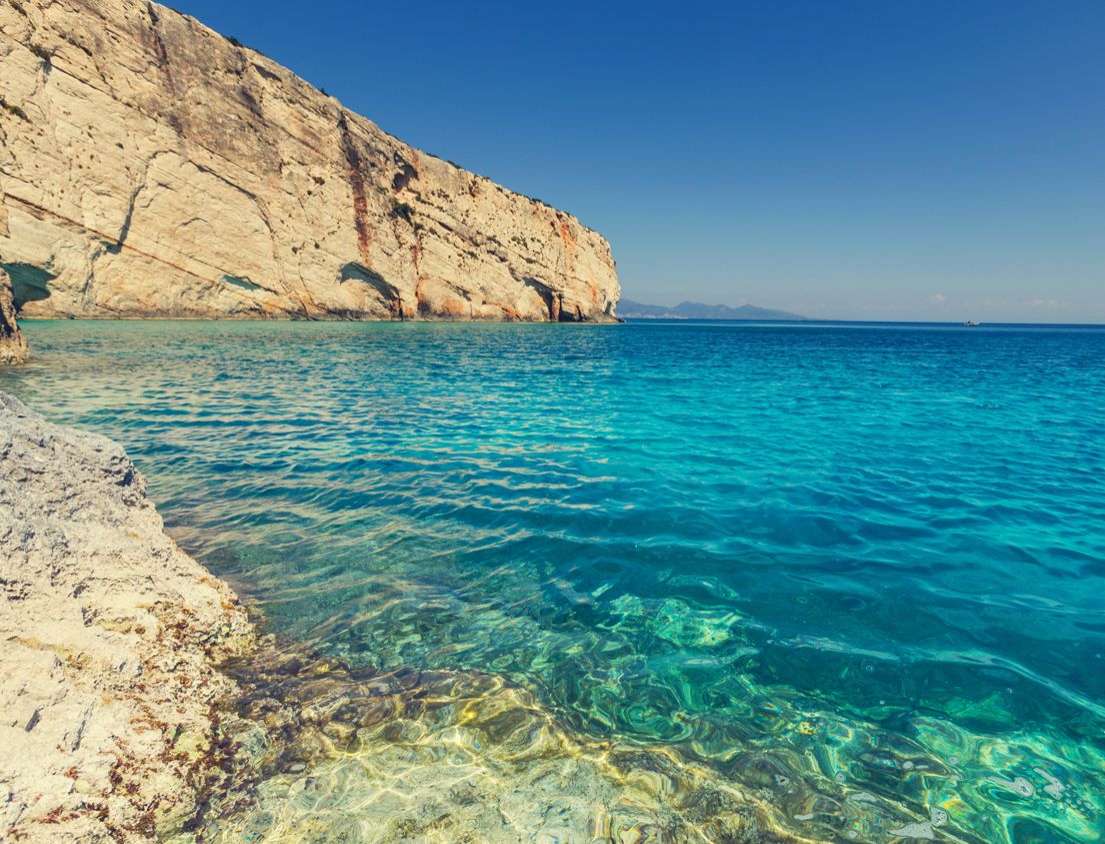
Lithakia, one of the oldest and most important villages of the Zakynthian countryside.
Lithakia is built at the foot of the mountain, it reaches the bay of Laganas. It is one of the most touristic areas of the island, with beautiful small and larger beaches. Its shores are part of the Zakynthos National Marine Park. Today, it has 1,185 inhabitants.
In Lithakia it is worth visiting: - The 14th century Church of Panagia Faneromeni. It is mentioned in archival sources from the 16th century. It was saved from the earthquakes of 1953 and is a typical example of the ecclesiastical architecture of the island. It is a single-aisled basilica with a wooden roof. Inside the church there are: wood-carved and gilded iconostasis made in different periods from the 16th to the 19th century. – The Church of Saint John the Theologian of the 16th century, in the Northern part of the village of Lithakia. It is a real monument, which was renovated during the British occupation. It was destroyed by a German bombardment on 2/8/1944 and was rebuilt as it was before with a joint fundraiser from the people of Lithakiot. It was renovated after the 1953 earthquakes. The bell tower of the church was saved and bears the date 1819. - The restored Mansion of Messala, which houses the Center for Environmental Education.
The two now uninhabited islands of Agios Sostis (cameo island) and Marathonisi belong to the Municipal Community of Lithakia. The island of Agios Sostis is beautiful, with peculiar rocky terrain (which supplied stones for the local constructions), creeks and pine trees. The island, until the earthquakes of 1633, was united with the land opposite, the cape of Agios Sostis in Lithakia. Its name is due to the church of Agios Sostis, which existed there during the 16th century. Marathonisi is an uninhabited and hilly islet with an area of 280 acres, covered by dense scrub vegetation, which in some places reaches a height of 3 meters and is often impenetrable. At the northern end of the island is its unique sandy beach, 150 meters long, which is a nesting area for the sea turtle caretta caretta. On the same beach is the church of Panagia Marathonisiotissa. The church existed in the 15th century. Today, the temple is half-ruined. It has been operated in recent years by the priest of Lithakia, once a year, on the feast of the Virgin on August 15. The other coasts of the island are rocky and steep. Towards the interior of the island there is an area of sand dunes, reaching a depth of 50-80 meters. In Marathonisi there is the exclusive endemic species of Zakynthos, Limonium zakynthium (Zakynthian lemon). From the 13th century until today, the island has been a private property and constantly changes owners. It is part of the Zakynthos National Marine Park.
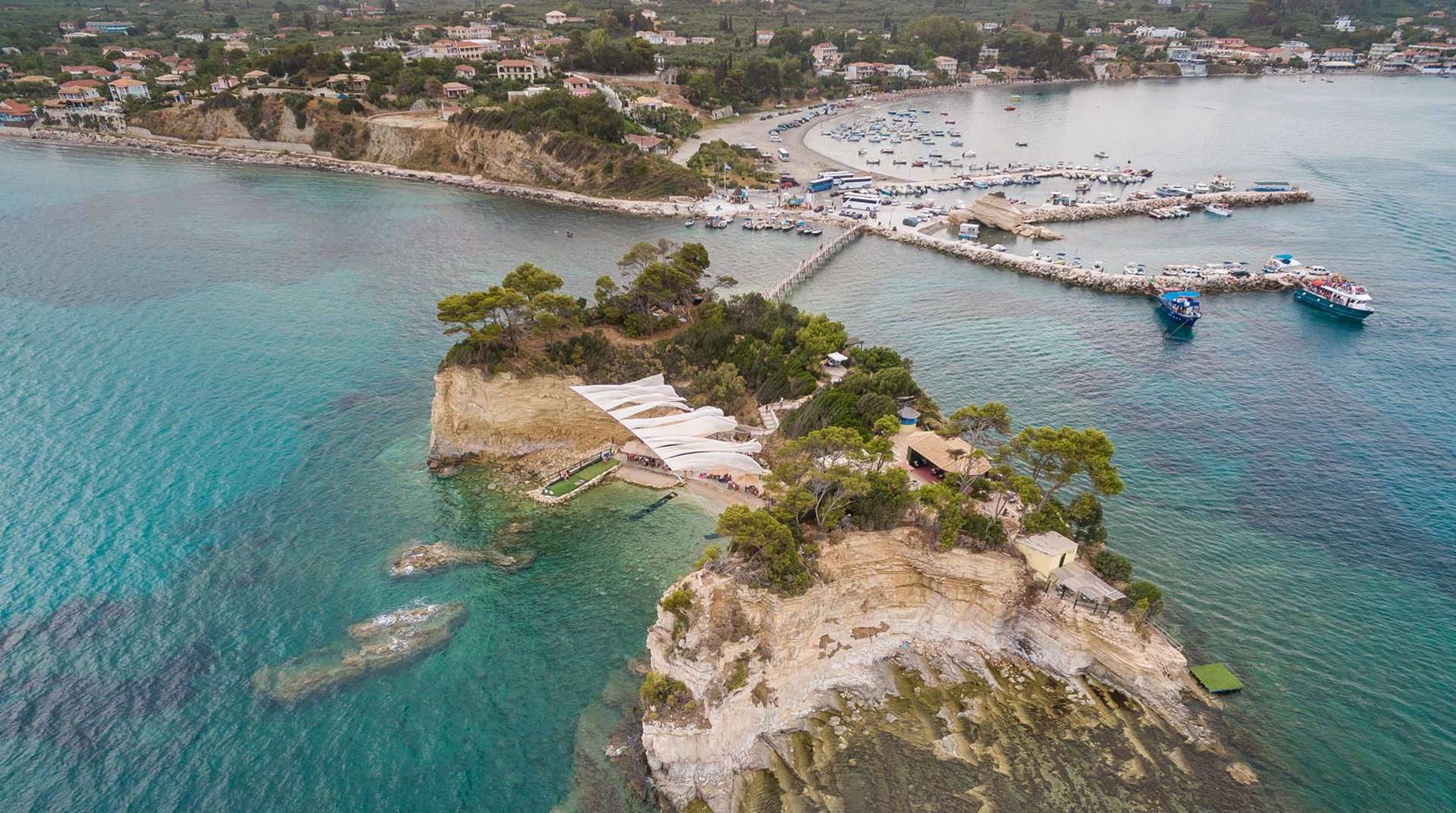
Agios Sostis beach
Agios Sostis is a small beach covered with soft sand and equipped with sunbeds, umbrellas and everything necessary for a comfortable vacation. With a fairly developed infrastructure, the beach is ideal for both families with children and young couples. The entrance to the sea is slightly sloping, despite this the waters are shallow. The northern end of the beach borders Cameo Island and is connected to the beach by a wooden footbridge.

